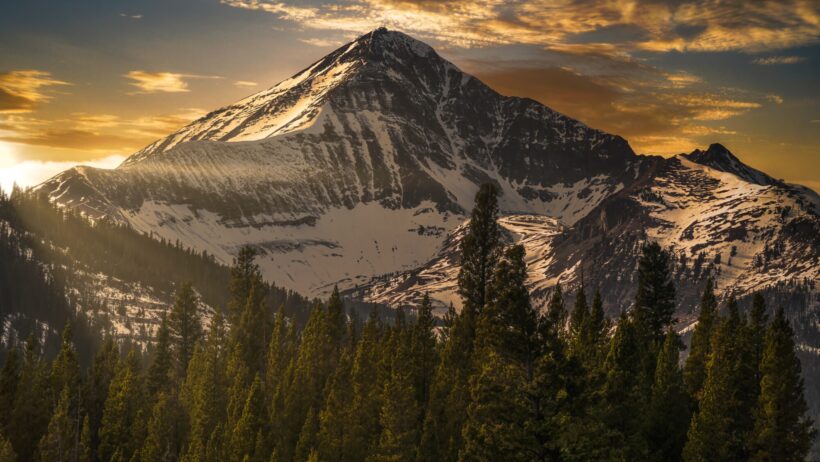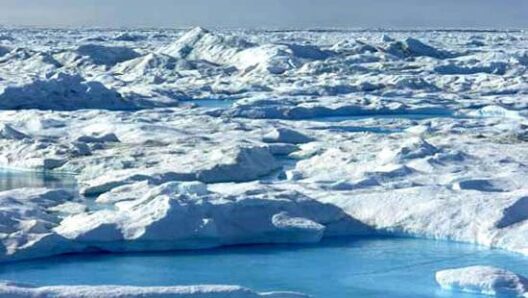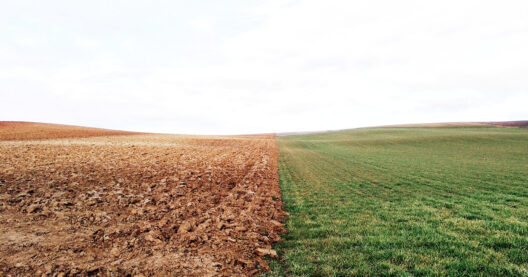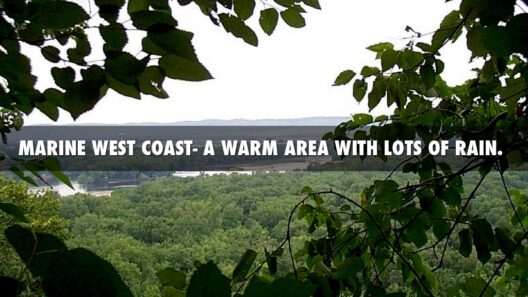Montana, often referred to as “Big Sky Country,” is famed not just for its breathtaking landscapes but also its diverse climatic conditions that vary significantly from one region to another. The state’s geographical diversity—from the towering Rocky Mountains to expansive plains—culminates in a climate that is as varied as its scenery. Understanding Montana’s climate invites a shift in perspective and piques curiosity, as one navigates through its complex weather patterns and trends.
The climate in Montana is primarily classified as a continental climate, characterized by a combination of strong seasonal variations, cold winters, and warm summers. These conditions are driven by the state’s positioning in the northern part of the United States, alongside its topographical features that profoundly affect local weather systems.
The winter months, spanning from December to February, are particularly frigid. In the mountainous regions, snowfall can be both prolific and persistent, making them a hub for winter sports enthusiasts. The northern parts of Montana experience harsh winter conditions, with temperatures plunging below zero degrees Fahrenheit. Contrastingly, southern parts tend to be milder but still endure chilly weather. Snowfall accumulation varies widely across elevations, and the mountainous terrain often traps cold air, contributing to notable temperature gradients.
As spring emerges in March, the weather begins to transition, albeit slowly. The month can be erratic, frequently oscillating between warm and cold spells. This variability culminates in what is locally termed “mud season,” during which melting snow combines with spring rains, creating muddy conditions that can affect travel and outdoor activities. Despite the muddiness, this season also sings with the promise of rebirth as wildflowers bloom, attracting both residents and visitors alike to witness nature’s renewal.
Summer, from June to August, yields a stark contrast to the winter chill. Temperatures can soar into the nineties Fahrenheit in many areas, particularly in the plains and valleys. While the days may be hot, the nights often bring relief with cooler temperatures—a hallmark of northern climates. Montanan summers are generally marked by low humidity, making the heat feel somewhat more tolerable. Thunderstorms become a common phenomenon during these months, especially in late afternoon, often providing a refreshing respite from the heat. However, such storms can also unleash heavy rainfall and hail, underscoring the capricious nature of weather in the Big Sky region.
As summer wanes, autumn unfurls its palette around late September through October. This season treats observers to a stunning display of colors, with foliage ranging from vibrant yellows to deep reds. The weather during this period can be capricious; cool days transition into brisk nights, prompting layers of clothing to become essential. The shift in temperature signals wildlife preparations for winter—a reminder of the cyclical nature of life in Montana.
Montana’s climate informs not only the natural ecosystems but also the lifestyle of its inhabitants. Agricultural activities are profoundly influenced by the seasons. Farmers rely on the seasonal rains and snowpack to sustain their crops. Crops such as barley, wheat, and forage are staples, thriving in the regions where the climatic conditions align with their growing requirements. Understanding seasonal patterns becomes crucial for successful cultivation, and there are palpable challenges as climate change introduces unpredictable variables into the equation.
Climate change looms as a formidable adversary. Evidence of shifting weather patterns presents itself in the form of increased droughts and unpredictable precipitation. Warmer winters may lead to diminished snowpack, which is vital for irrigation during the dry months. Moreover, as average summer temperatures rise, the risk of wildfires intensifies, threatening both ecosystems and communities. The landscape of Montana is not just a postcard; it is a living, breathing entity affected deeply by the climate crisis.
To appreciate Montana’s climate is to recognize the inherent duality of beauty and vulnerability. The silhouette of the Rocky Mountains against the expansive sky encapsulates the allure of this region, yet this beauty is threatened by the warming climate. Understanding the local climate requires a lens that recognizes these intricate connections among weather patterns, environmental health, and human activity.
Moreover, Montana plays a pivotal role in advancing conversations around sustainability and environmental stewardship. As the climate continues to evolve, advocacy for conservation emerges as an imperative. Whether it be through responsible land management, water conservation efforts, or promoting renewable energy sources, collective actions reground the hope for a sustainable future. The awareness and education of residents and visitors alike create a ripple effect, inspiring a commitment to preserve the stunning vistas that define this remarkable state.
To truly grasp the essence of Montana’s climate, immerse yourself in its seasonal rhythms. Witness the cascading changes while exploring the myriad of ecosystems, each contributing uniquely to the state’s ecological tapestry. Those who venture into Big Sky Country will find that understanding climate is not solely about statistics and predictions; it is about the stories etched in the landscape, the resilience of the environment, and the responsibility we share to safeguard it. In embracing this narrative, the wonder of Montana unfolds—promising not just a journey through majestic terrain, but also through the complexities of climate that deserve our attention and action.








